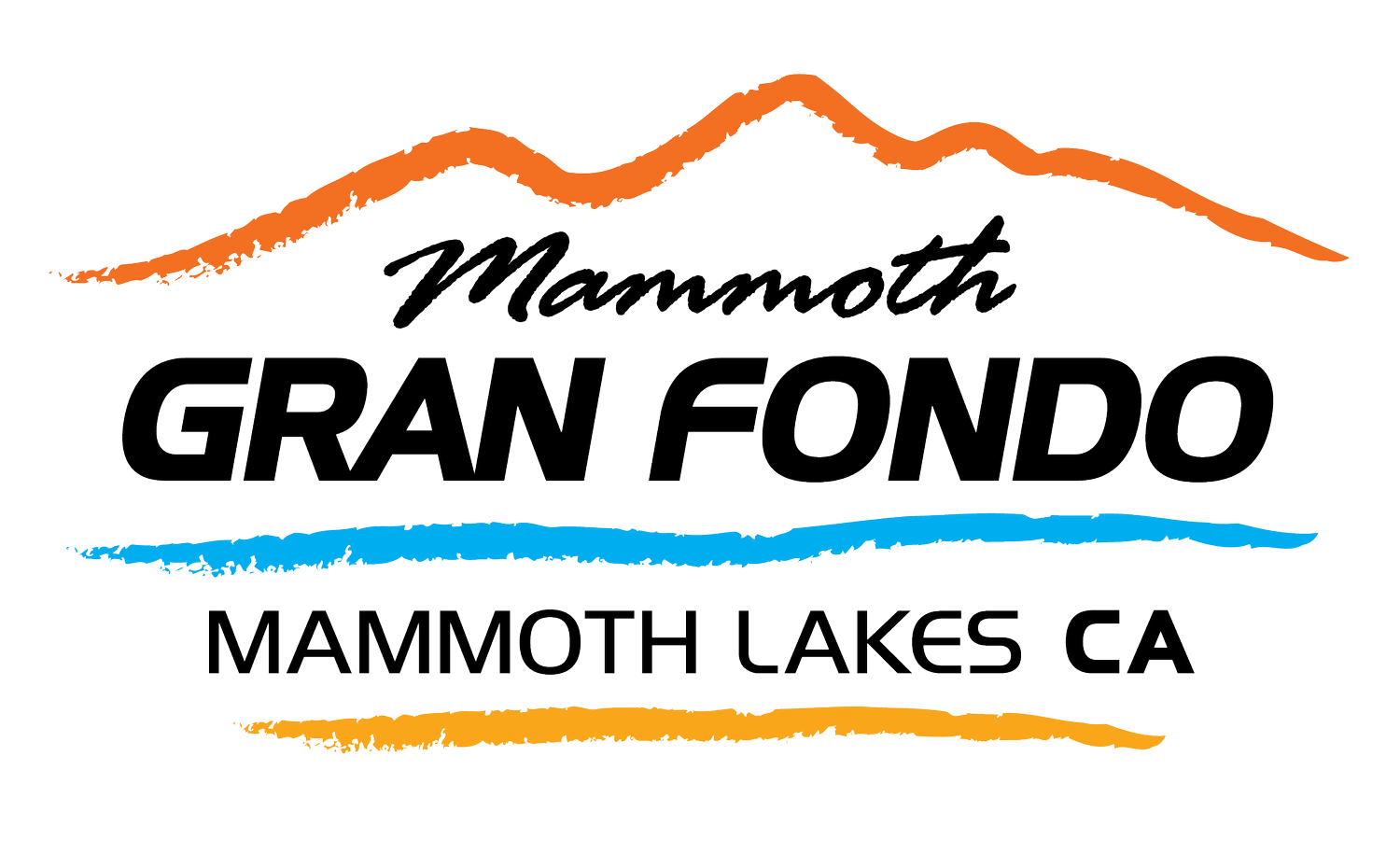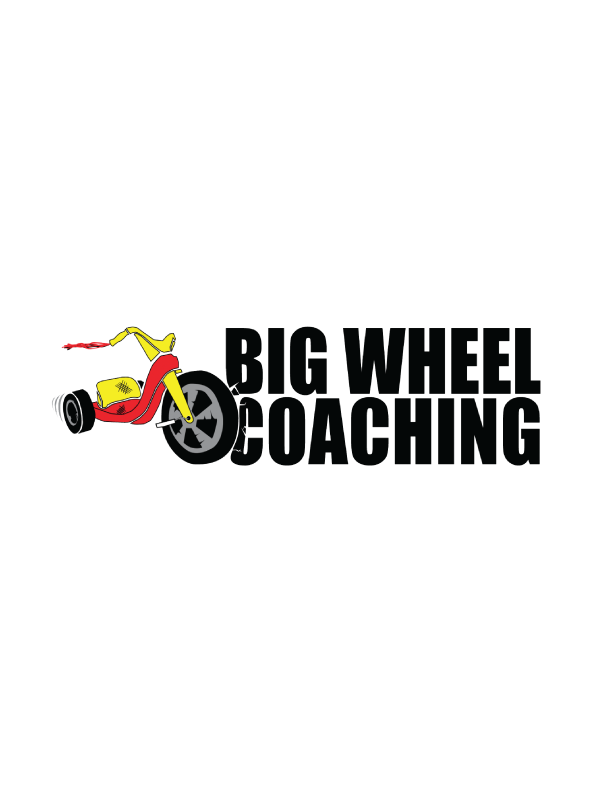THREE QUICK TIPS FOR A GOOD DAY AT THE MAMMOTH GRAN FONDO
The Mammoth Gran Fondo staff is psyched to partner with Coach Brian at Big Wheel Coaching to provide you all with some insightful articles about how to approach the Mammoth Gran Fondo, your training, and overall spread the psyche for getting in shape and ready for the Mammoth Gran Fondo.
A hundred-mile ride is nothing to be trifled with and the Mammoth Gran Fondo is no different. The altitude, climbing, mileage, duration, and wind all mix together to make this a challenging ride for every rider that lines up on event-day.
And having a good ride over four, five, six, seven, or more hours takes fitness, tenacity, skill, finesse, fueling, and teamwork.
It’s a lot to manage and get right for even the most experienced riders.
So let’s boil it down to three simple tips that can guide you to a great ride in Mammoth.
Tip #1: Study The Course & Plan Your Stops
Maybe you have heard the saying, Proper Prior Planning Prevents A Poor Performance.
Planning should guide any big ride you do, most especially a Gran Fondo at altitude.
When studying the Fondo route you are going to want to know where the various climbs and stops are, not just the mile marker they are at, but where they are in relation to the other features on the course.
For example, the first SAG stop of the Mammoth Gran Fondo at Pumice Mine is located near the beginning of a long downhill. That means if you are with a group of riders that are working well together you are going to have to drop out of that group in order to use the bathroom or otherwise visit the SAG stop.
It’s a trade-off, free speed or a necessary bathroom stop… What a dilemma!
And that’s why planning is important.
At Big Wheel Coaching, we suggest trying to refuel atop a climb rather than at the bottom of it because we have never met a rider that didn’t have “crunchy” legs coming out of a SAG stop. And no one wants that feeling at the bottom of a difficult climb.
Admittedly stopping at the bottom of a climb is occasionally required, but when it is, try to keep those stops short and sweet so you can get back on your bike and into your riding rhythm as quickly as possible.
Tip #2: Sip-Sip/Nibble-Nibble
This tip seems obvious, but it cannot be stressed enough that when we are working on the bike our stomach has a compromised ability to digest food.
That means that we must be smart about what we consume on the bike in order to not distress our gut and allow the digestive system to do its job, i.e. breakdown food into usable energy so we can pedal fast!
The best way to fuel your ride in Mammoth, and feel powerful, is to keep your intake of food and water consistent, like an IV drip.
You are better off splitting bars, bottles, and other fueling delicacies into small chunks or sips, hence the “sip, sip, nibble, nibble” advice.
Keeping a steady influx of digestible fuel will ensure that you have “good legs” as deep as possible into the Fondo while minimizing the likelihood of cramping.
Tip #3: Find A Group & Contribute
If you read my article titled, “It’s better to make friends than be strong” you already know this, but it’s worth reiterating here.
The fastest way around the Mammoth Gran Fondo route is by spreading the workload amongst numerous riders. And once you have found that group, your job becomes keeping that group working together as long as possible.
It sounds easy, but as any experienced cyclist knows, every group generally falls apart and it’s a special occasion when it all works together smoothly for an extended period of time.
So when you find a group, contribute to it to try and keep it going.
But there are always portions of a route that seem to dismember a peloton of riders. For example, when passing a SAG stop and some riders stop while others press on, or on a climb where stronger riders ascend at a pace that the group can’t match.
In these instances your job becomes finding a new group and working with it.
Rather than getting discouraged when groups fall apart, refocus on finding a new group and helping it get down the road at a reasonable pace.
This can even be done on a climb. If you get dropped or distanced from a big group on a climb, it’s possible to regroup with a few riders, then pick up others that have fallen off the pace to create a new group that will carry you through the next section of the route.
Just keep in mind that sometimes the best group is behind you. If you get dropped it’s unlikely you will come back to the main group solo, but it is possible that a small group of chases can reconnect or join up with other small groups to create a fast moving groupetto.
I want to see you have a fast and fun ride at this year’s Mammoth Gran Fondo and the best way to ensure that is to do some course study, eat early, drink often, and find a group or groups to work with throughout the day!
On that note, you’ve got some training to get to! I hope you have a great ride in Mammoth and look forward to seeing you there!
-Coach Brian

